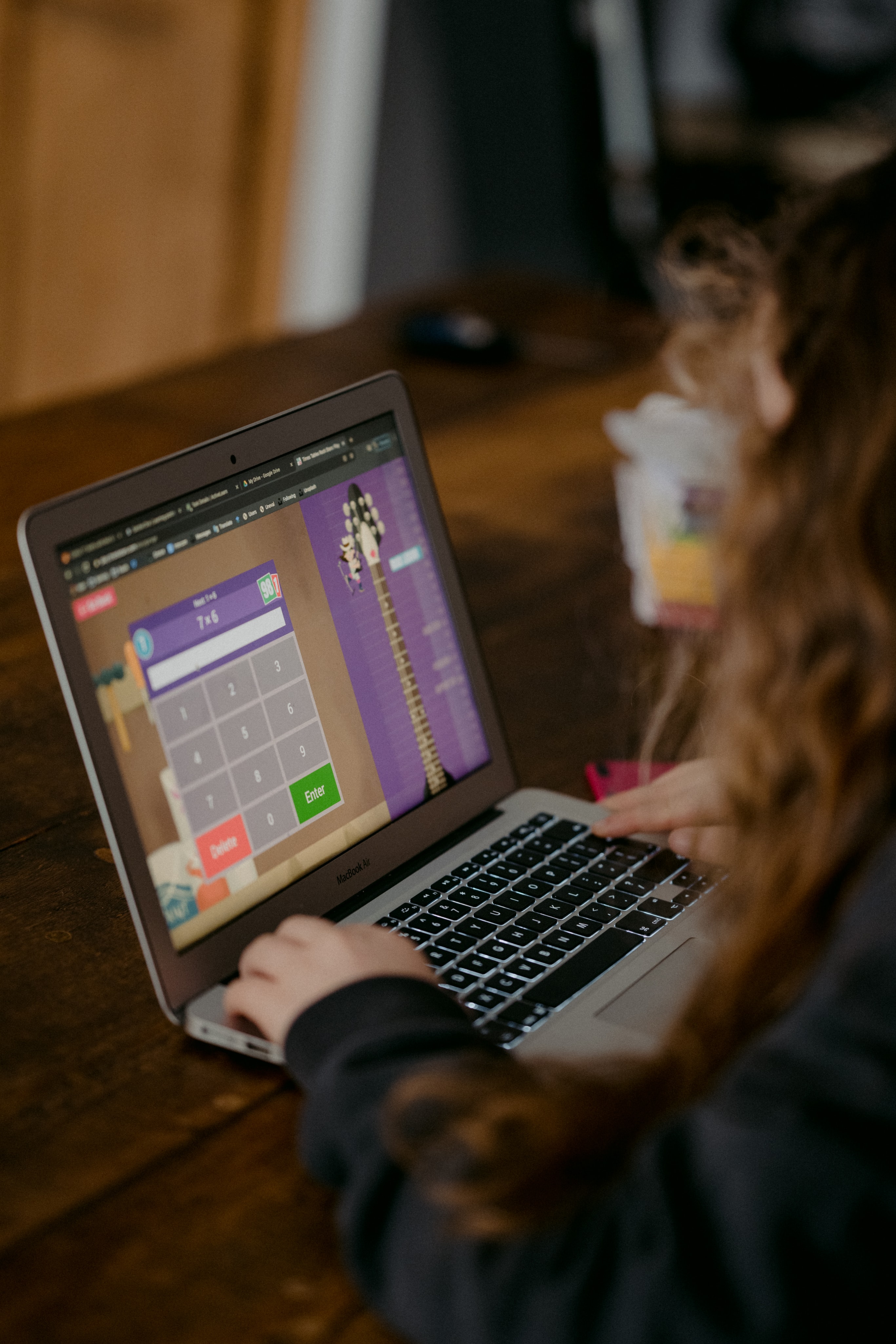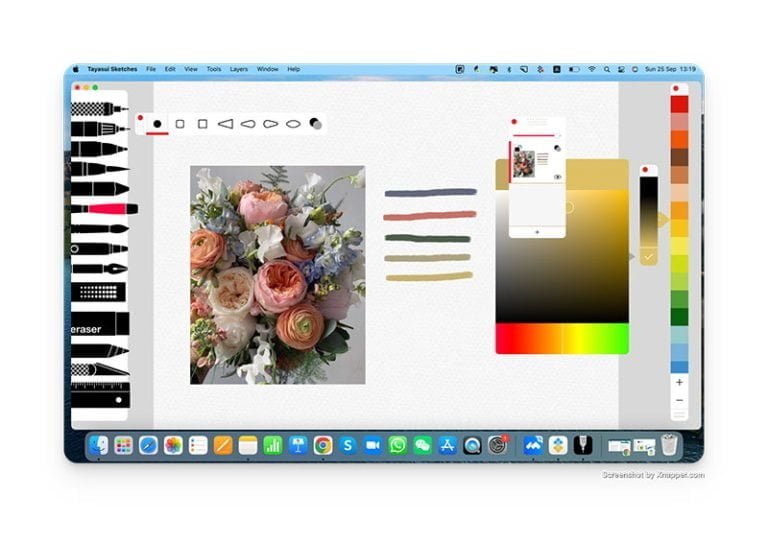
With many schools quarantined and a winter-wave of COVID-19 likely ahead, teaching is shifting online once again. Now more than ever, it’s crucial for teachers to embrace online learning to sustain their students’ attention.
While online classes used to be exotic and fun when they first started, Zoom fatigue soon set in for most students. Learning outcomes suffered. After a brief respite at the beginning of the semester, many teachers are now facing another challenge. How to transition back from in-person to online classes and still keep students engaged?
Fortunately, there is a variety of tools out there that can help educators achieve just that. Uncomplicated, engaging, interactive, these platforms and programs can help make distance learning captivating.
One of the most versatile tools available for teachers is Google Classroom. This eLearning platform is explicitly aimed at K-12 educators. Many school districts already use it for in-class assignments.
Google Classroom adapts the tools of the Google Suite for teaching purposes. You can give presentations with Slides, provide worksheets in Docs, give quizzes in Forms, and even assign math and bookkeeping homework in Sheets. In addition, Google Classroom natively integrates with other educational platforms, such as Pear.
Going further, teachers can invite students to private classrooms. The platform also offers a distinct functionality for submitting assignments, grading them, providing feedback, and setting up term assessments.
Finally, Google Classroom has two more significant advantages: It’s entirely free and mobile-friendly.
Edmodo offers a comprehensive online teaching solution. Educators can create classrooms to provide students with materials, interact with them through chats, and respond to queries. They can also assign tasks, create assessments, and track grades.
What’s more, Edmodo also provides Spotlight, a resource library for teachers with quality distance learning content to choose from. Teachers can share content using hashtags.
Another upside is that parents can use their own login data to check on their children’s progress.
Edpuzzle aims to foster self-paced learning through interactive video lessons. Teachers can customize videos to make them more engaging and track their students’ progress. Apart from adding their own voice-over narration and questions, educators can add graphics and images.
It’s also possible to track which students watched a video and how often they watched each section. This allows teachers to check for comprehension difficulties.
As raw material, Edpuzzle accepts videos from YouTube, Khan Academy, Crash Course, and similar platforms.
Especially for younger students, basing parts of lessons on games and questions is an excellent way to hold their attention. Kahoot! makes that possible.
It’s an educational platform that promotes game-based learning. Teachers can create questionnaires, surveys, and discussion boards. These are then projected in the online classroom. Students can interactively answer questions alone or in groups.
It’s also possible to add elements of friendly competition to make tasks more challenging and fun. Through visualizing each student’s or group’s progress, Kahoot! can create a dynamic and social educational environment.
When it comes to checking learning comprehension, Socrative is a premier tool for educators. It simplifies the feedback and evaluation process and lets teachers make sure that no one is left behind during distance learning.
With Socrative, educators can create engaging assessments from quizzes to personal feedback forms. The platform also makes it easy to set up polls and surveys for a group of students.
Blackboard is a comprehensive learning management system (LMS). Instructors at college level have been widely using it for years. Recently, the platform has been adapted to suit digital and high school educators’ needs for distance learning.
Learn, Collaborate, SafeAssign, and Ally are the main features of Blackboard. Teachers can create an online classroom to provide learning materials, host discussions, post recorded lectures, and support mentoring and tutoring programs. They can also provide real-time feedback on students’ assignments, which can be submitted directly on the platform.
Like Blackboard, Canvas is an LMS that allows for the creation of online classrooms to share class materials and conduct assessments. Teachers can upload syllabi, assignments, slides, videos of classes, and take advantage of a wide range of other features. Students can communicate through discussion forums, engage with educators, and submit assignments.
In addition, Canvas integrates with third-party tools and education platforms, especially those built on the LTI standard. It is also mobile-friendly so that both students and teachers can manage their tasks wherever they are.
For educators looking to make their lessons more interactive, Pear Deck is an excellent tool. It’s explicitly designed to make student-teacher interactions more dynamic and social as teachers move through a slideshow.
Pear Deck is platform-neutral. It offers integrations for Google Slides and Microsoft PowerPoint. Teachers can add various types of questions to their slides for students to answer – through selecting multiple-choice options, typing responses, dragging panels, or even drawing schematics. During live presentations, teachers can see these responses in real-time and share them anonymously with the class to illustrate particular points.
Pear also offers integrations with other learning platforms, such as Google Classroom. Additionally, it partners with various organizations – like Newsela and the Encyclopedia Britannica – to provide inspiration for teachers and templates for learning content.
StuDocu is an online, global community where students and educators can share study materials with other students around the world. StuDocu covers all subjects and has course-specific study resources for more than 1,500 universities worldwide.
Today, the platform helps over 15 million students every month and is one of the biggest educational websites in the world, having access to over 8 million study resources.
You can access 80% of their resources for free. For the remaining 20%, you would need to purchase a Premium Account starting at $41.88 (varies per country and plan).
Video Conferencing Platforms
Finally, a staple that no distance learning plan can do without: video conferencing tools. Even with outstanding LMS tools, regular face-to-face communication with students is crucial.
The most widespread solution is currently Zoom. Apart from HD video and voice calling, this platform also offers options to create break out rooms for discussions in smaller groups, screen sharing, and annotation of shared screens.
However, thanks to the widespread implementation of Voice over Internet Protocol (VoIP), there is a wide range of alternative platforms available for educators that might better fit their needs.
Microsoft Teams, for example, also offers file sharing, chat, video and voice calling options. The platform provides features to track attendance, use a digital whiteboard, share screens, create break out rooms, and blur out distracting backgrounds. Plus, it integrates easily with other Microsoft Office applications.
A third solid option is Google Meet. This platform offers video conferencing with up to 100 students for up to 1 hour and an unlimited number of meetings. Participants can share their screens and use a parallel chat. If you also use Google Classroom, this may be the best solution for you.
Final Thoughts
Distance teaching is no longer an emergency measure. It has become an integral part of many students’ and teachers’ daily lives, even where schools are open. Considering the current virus situation, it’s likely to remain that way for the foreseeable future.
For teachers, this means that it is essential to step up their online teaching game. Holding video calls from time to time and emailing out assignments is no longer enough.
By embracing the tools on the list above, teachers can create a dynamic and engaging virtual classroom. So that instead of being held back by closed schools, students can forge their way to success with distance learning.






